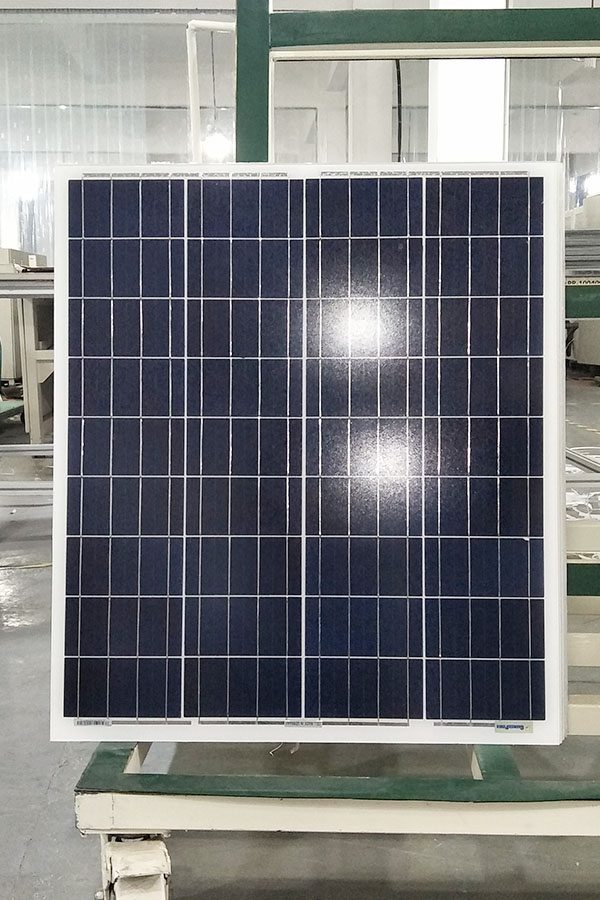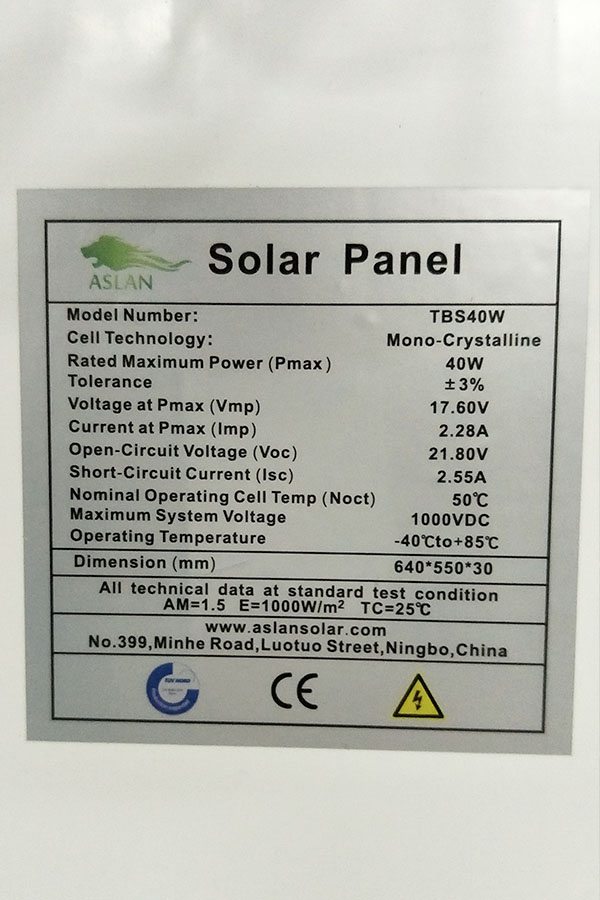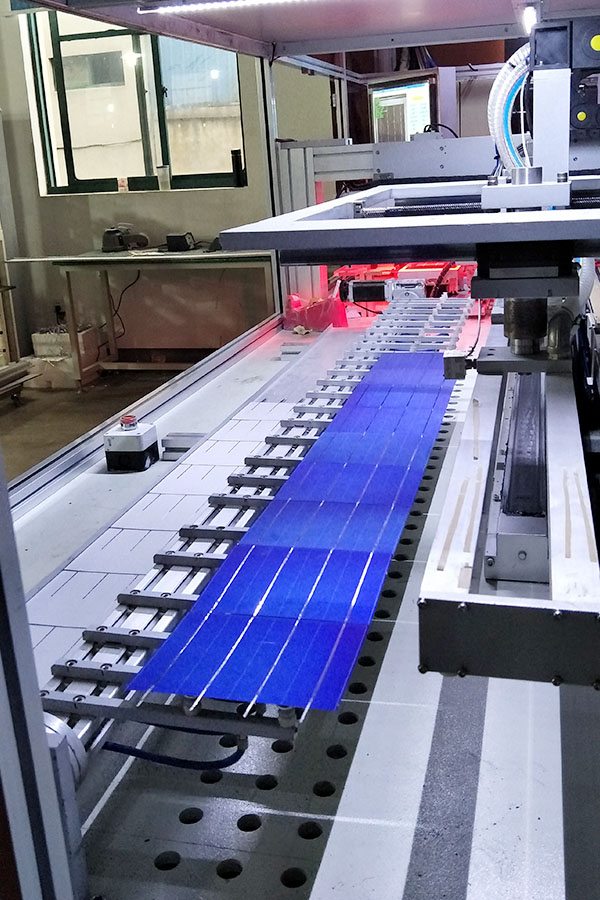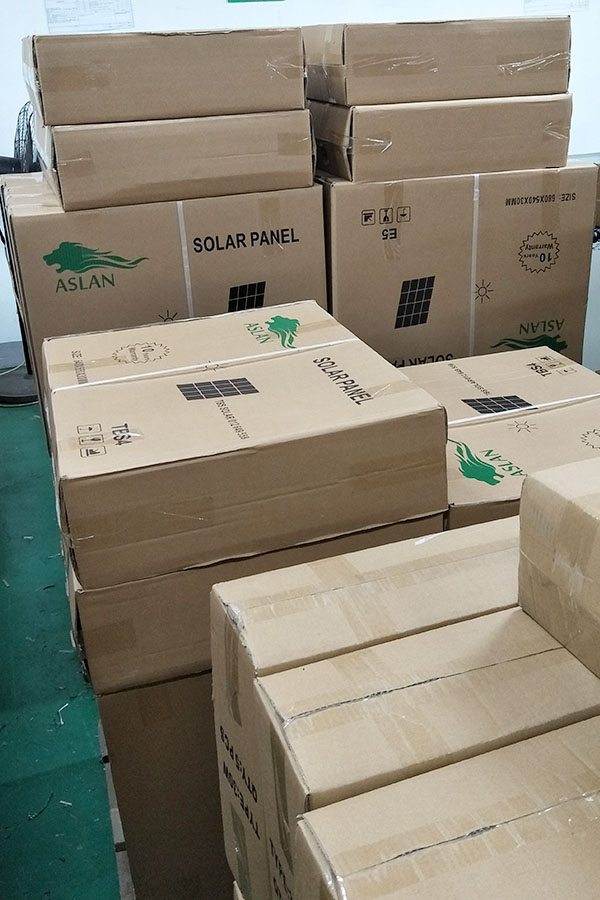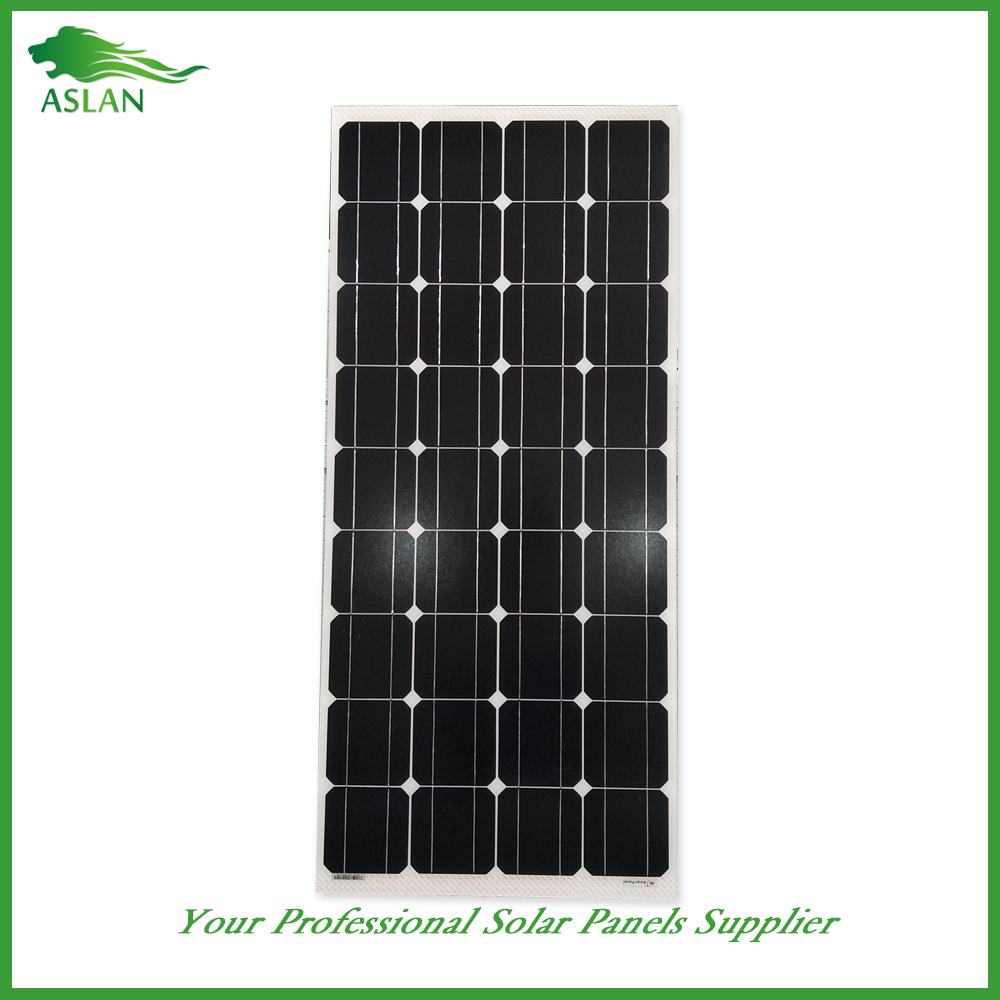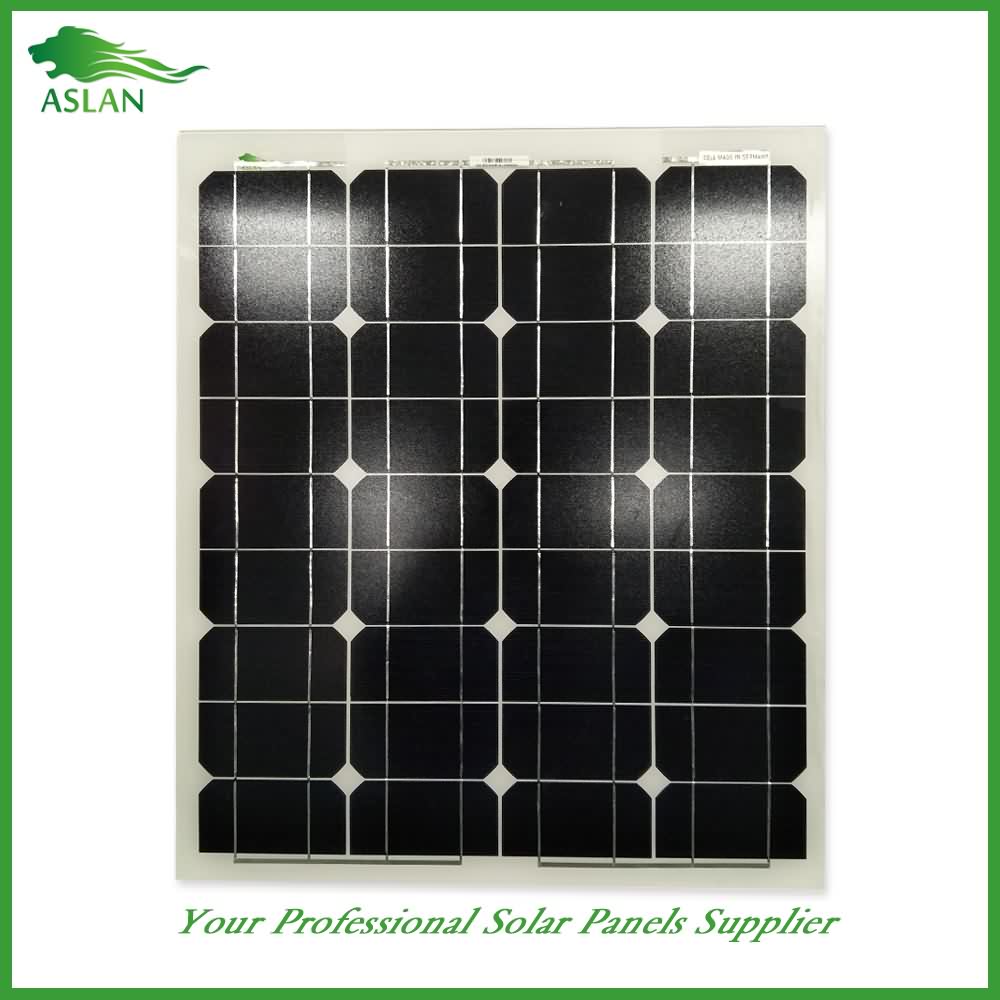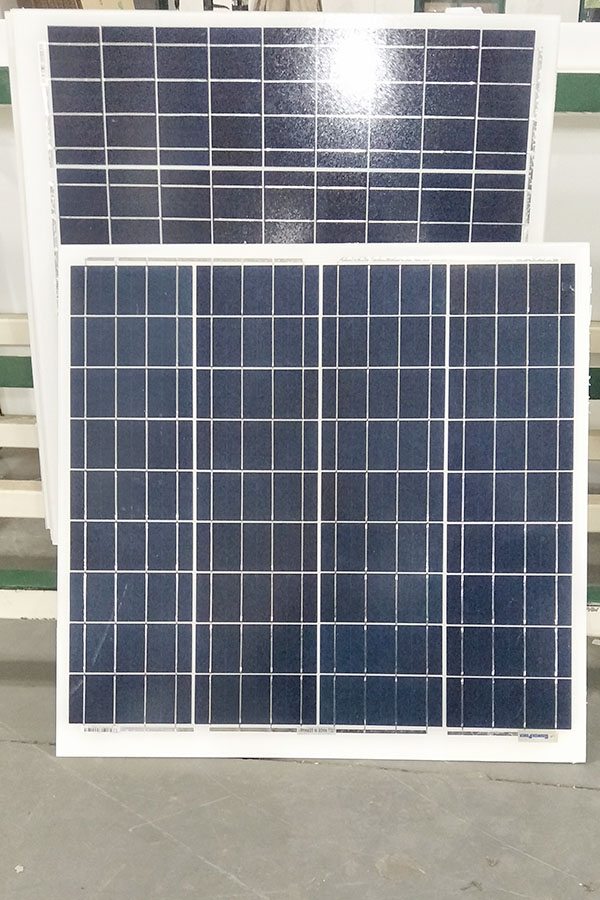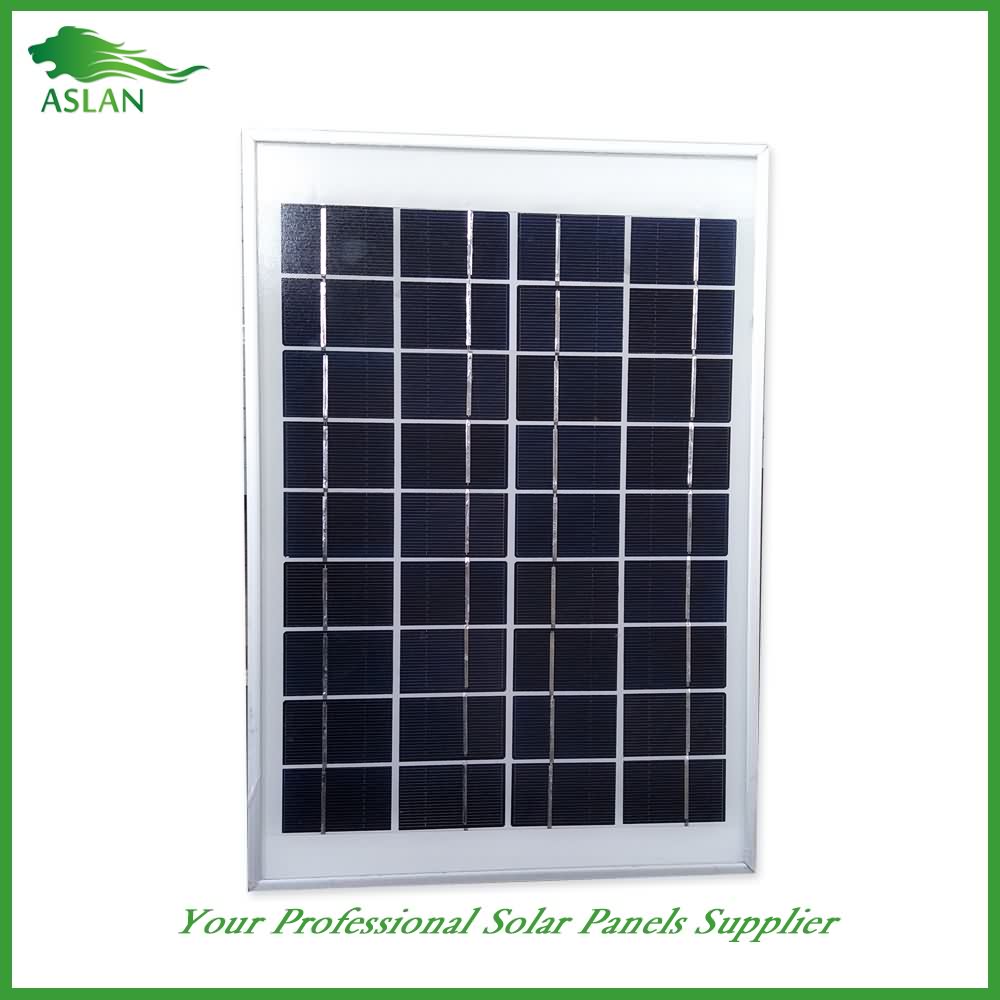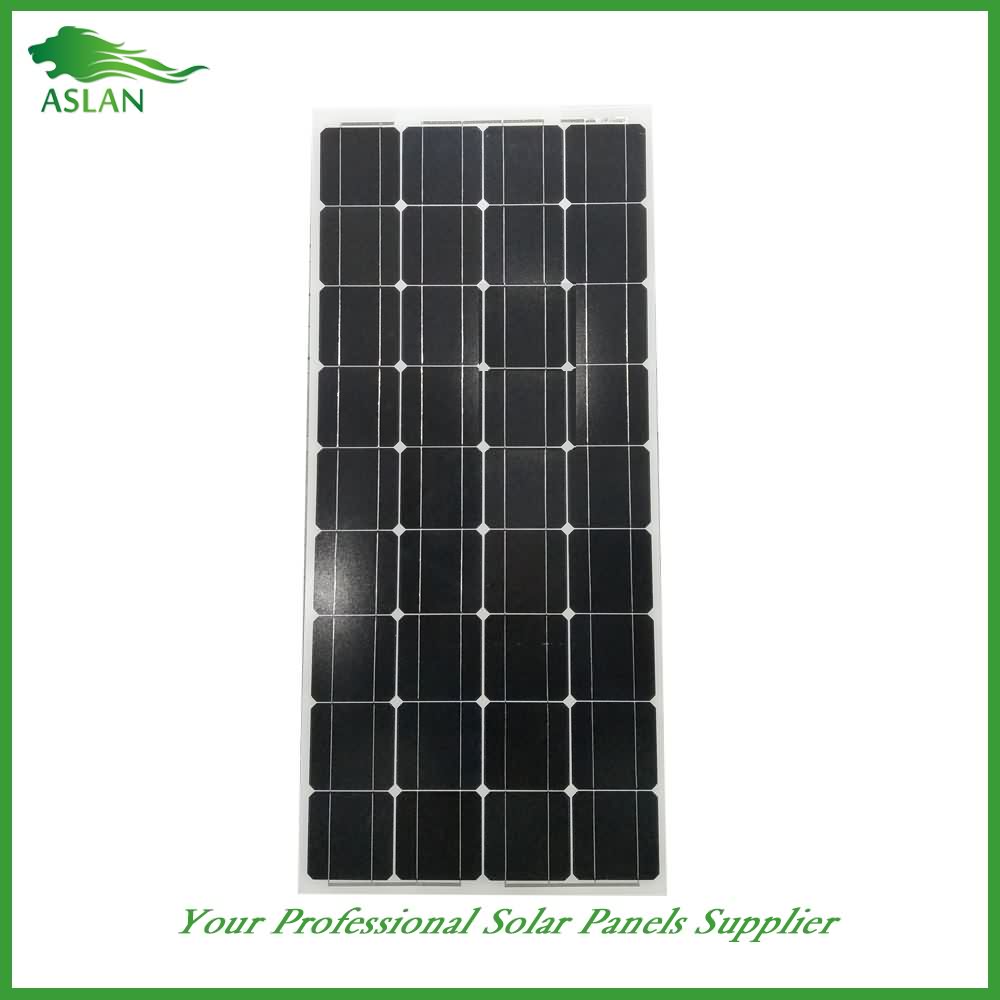2016 New Style Poly-crystalline Solar Panel 60W Factory for Adelaide
Short Description:
We insist on the principle of development of 'High quality, Efficiency, Sincerity and Down-to-earth working approach' to provide you with excellent service of processing for 2016 New Style Poly-crystalline Solar Panel 60W Factory for Adelaide, Welcoming interested companies to cooperate with us, we look forward to having the opportunity of working with companies around the world for joint growth and mutual success.
Poly-crystalline Solar Panel 60W
Technical parameter
Maximum Power(W) 60W
Optimum Power Voltage(Vmp) 17.35V
Optimum Operating Current(Imp) 3.46A
Open Circuit Voltage(Voc) 21.16V
Short Circuit Current(Isc) 3.80A
Mechanical Characteristics
Cell Type Poly-crystalline 156 x 65mm
No of Cell 36 (4x9pcs)
Dimensions 678x657x35mm
Weight 5.0Kg
Front Glass 3.5mm,High Transmission, Low Iron,Tempered Glass
Junction box IP65 Rated
Output Cable TUV 1×4.0mm2/UL12AWG,Length:900mm
Temperature and Coefficients
Operating Temperature(°C): -40°C ~ + 85°C
Maximum System Voltage: 600V(UL)/1000V(IEC) DC
Maximum Rated Current Series: 15A
Temperature Coefficients of Pmax: -0.47%
Temperature Coefficients of Voc: -0.389%
Temperature Coefficients of Isc: 0.057%
Nominal Operationg Cell Temperature (NOCT): 47+/-2°C
Materials of solar panel
1).Solar Cell——Poly-crystalline solar cell 156*65mm
2).Front Glass——-3.2mm, high transmission, low iron, tempered glass
3).EVA——-excellent anti-aging EVA
4).TPT——-TPT hot seal made of flame resistance
5).Frame——anodized aluminum profile
6).Junction Box——-IP65 rated, high quality, with diode protection
Superiority: high quality anodized aluminum frame, high efficiency long life, easy installation, strong wind resistance, strong hail resistance.
Features
1. High cell efficiency with quality silicon materials for long term output stability
2. Strictly quality control ensure the stability and reliability, totally 23 QC procedures
3. High transmittance low iron tempered glass with enhanced stiffness and impact resistance
4. Both Poly-crystalline and Mono-crystalline
5. Excellent performance in harsh weather
6. Outstanding electrical performance under high temperature and low irradiance
Quality assurance testing
Thermal cycling test
Thermal shock test
Thermal/Freezing and high humidity cycling test
Electrical isolation test
Hail impact test
Mechanical, wind and twist loading test
Salt mist test
Light and water-exposure test
Moist carbon dioxide/sulphur dioxide
What is AMORPHOUS SILICON? What does AMORPHOUS SILICON mean? AMORPHOUS SILICON meaning – AMORPHOUS SILICON definition – AMORPHOUS SILICON explanation.
Source: Wikipedia.org article, adapted under https://creativecommons.org/licenses/by-sa/3.0/ license.
Amorphous silicon (a-Si) is the non-crystalline form of silicon used for solar cells and thin-film transistors in LCD displays.
Used as semiconductor material for a-Si solar cells, or thin-film silicon solar cells, it is deposited in thin films onto a variety of flexible substrates, such as glass, metal and plastic. Amorphous silicon cells generally feature low efficiency, but are one of the most environmentally friendly photovoltaic technologies, since they do not use any toxic heavy metals such as cadmium or lead.
As a second-generation thin-film solar cell technology, amorphous silicon was once expected to become a major contributor in the fast-growing worldwide photovoltaic market, but has since lost its significance due to strong competition from conventional crystalline silicon cells and other thin-film technologies such as CdTe and CIGS.
Amorphous silicon differs from other allotropic variations, such as monocrystalline silicon—a single crystal, and polycrystalline silicon, that consists of small grains, also known as crystallites.
Silicon is a fourfold coordinated atom that is normally tetrahedrally bonded to four neighboring silicon atoms. In crystalline silicon (c-Si) this tetrahedral structure continues over a large range, thus forming a well-ordered crystal lattice.
In amorphous silicon this long range order is not present. Rather, the atoms form a continuous random network. Moreover, not all the atoms within amorphous silicon are fourfold coordinated. Due to the disordered nature of the material some atoms have a dangling bond. Physically, these dangling bonds represent defects in the continuous random network and may cause anomalous electrical behavior.
The material can be passivated by hydrogen, which bonds to the dangling bonds and can reduce the dangling bond density by several orders of magnitude. Hydrogenated amorphous silicon (a-Si:H) has a sufficiently low amount of defects to be used within devices such as solar photovoltaic cells, particularly in the protocrystalline growth regime. However, hydrogenation is associated with light-induced degradation of the material, termed the Staebler–Wronski effect.
Amorphous alloys of silicon and carbon (amorphous silicon carbide, also hydrogenated, a-Si1-xCx:H) are an interesting variant. Introduction of carbon atoms adds extra degrees of freedom for control of the properties of the material. The film could also be made transparent to visible light.
Increasing concentrations of carbon in the alloy widen the electronic gap between conduction and valence bands (also called “optical gap” and bandgap). This can potentially increase the light efficiency of solar cells made with amorphous silicon carbide layers. On the other hand, the electronic properties as a semiconductor (mainly electron mobility), are adversely affected by the increasing content of carbon in the alloy, due to the increased disorder in the atomic network.
Several studies are found in the scientific literature, mainly investigating the effects of deposition parameters on electronic quality, but practical applications of amorphous silicon carbide in commercial devices are still lacking.
Unhydrogenated a-Si has a very high defect density which leads to undesirable semiconductor properties such as poor photoconductivity and prevents doping which is critical to engineering semiconductor properties. By introducing hydrogen during the fabrication of amorphous silicon, photoconductivity is significantly improved and doping is made possible. Hydrogenated amorphous silicon, a-Si:H, was first fabricated in 1969 by Chittick, Alexander and Sterling by deposition using a silane gas (SiH4) precursor. The resulting material showed a lower defect density and increased conductivity due to impurities. Interest in a-Si:H came when (in 1975), LeComber and Spear discovered the ability for substitutional doping of a-Si:H using phosphine (n-type) or diborane (p-type). The role of hydrogen in reducing defects was verified by Paul’s group at Harvard who found a hydrogen concentration of about 10 atomic % through IR vibration, which for Si-H bonds has a frequency of about 2000 cm-1. Starting in the 1970′s, a-Si:H was developed in solar cells by RCA by which steadily climbed in efficiency to about 13.6% in 2015.
Electric hair cutter , What’s inside of electric hair cutter
Related Videos
1. How to make DC motor at home , homemade electric motor easy
2.How to create robotic at home , Homemade small robot 2017
3.How to make soldering iron using lighter
4.How to make scrill machine at home using spray can and small motor
5.Homemade a small and fast car for kids
6.How to make 220V solinoid engine at home
7.How to make super transformer at home
8.How to make foam cutter at home
9.How to make mini grill stove at home
10.Free energy device
11.Boost converter using small NPN transistor and 1.5 V AA battery
12.Motor as generator 2017, Homemade generator from DC motor
13.Motor as generator , Homemade motor generator from old vcd player
14.Motor as generator from small motor, Energy of small motor homemade 2017
15. How to make scrill machine using 12V DC motor very easy , homemade scrill tool 2017
16.V3 Solinoid engine whit 3 7 V, A powerful machine made in 2017
https://youtu.be/Av7CkyNJtfs
17.Wireless Electricity Transmission Review made in 2017 , New Project 2017
18.How to make electricity wireless transmittion 2017 step by step
19.How to make Easy motor at home 2017
20. Phone charging using small battery
21.Free energy , from small to a powerful energy, Phone charging using 1 5V AAA small battery
22.How to make a powerful air pump at home very very strong
23.How to make 3V Battery from coopper wire
24.How to make mini Hydrogen Generator at home very easy
25.How to make an Electricity Generator from old HDD motor
26.How to make a mini flashlight 5W
27.Amazing life hack , Easy way to cut roof (Zn panel) using wire
28.My Electronic lock desk , new idea created in 2017
29.Free Energy , Homemade Free Energy Device From Syringe And Water
30.Free Energy , Free Energy from magnetic, magnet motor 2017
31.Free Energy , How to make solar cell from LED, LED Vs Solar cell, homemade 2017
32.Free Energy , solar energy, capacitor charging LED as solar cell
33.Free Energy, Solar Energy, homemade easy solar cell 2017
34.Quad motor helicopter Vs Single motor helicopter, homemade mini helicopters
35.How to make V2 water pump at home , new model of water pump 2017
36.How to upgrade 3v DC motor to a high speed and strong motor
37.How to make a mini water pump at home very easy, Homemade 2017
38.homemade easy motor from CD panel 2017, a strange motor for 2017
39.ir remote control testing up to 40 meters range, homemade ir remote control without any ic
40.High voletage capacitor, super capacitor , how to charge capacitor
41.Super motor , homemade easy motor 2017 , new idea to create motor
42.Free energy, solar copper wire, new idea to create solar cell
43.Very small battery, how to make a small battery at home very easy
44.Homemade scrill machine very easy 2017 , a powerful tool
45.homemade coilgun , a powerful coilgun 2017 part 1
46.Homemade coilgun, a powerful coilgun 2017 (part 2)
https://youtu.be/7Gqe9jtP_qU
47.Free energy, diode as solar cell, new idea to make solar cell 2017
48.How to make spot welding machine at home 2017
49.Free energy , Transistor solar cell, how to make solar cell from transistor 2017
50.Water turbine generator , not free energy , but just energy of water
51.How to make mini speakers using Beer cans
52.Lemons battery, how to make battery from lemons
53.Super DC motor, how to make DC motor very easy
54.Free energy, solar X4 diode , homemade solar cell from diode 2017
https://youtu.be/UgGP177xYDM
